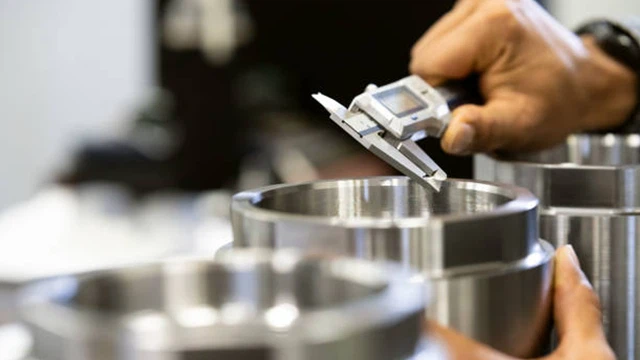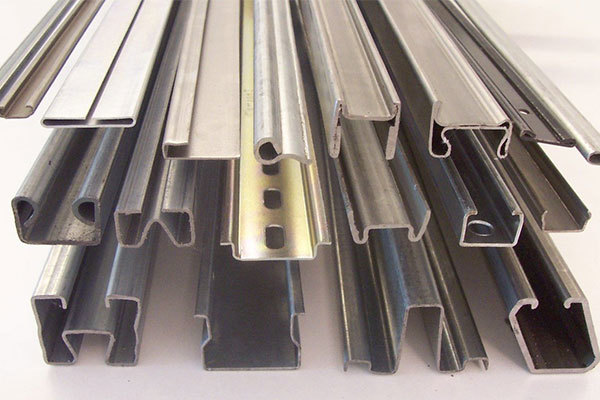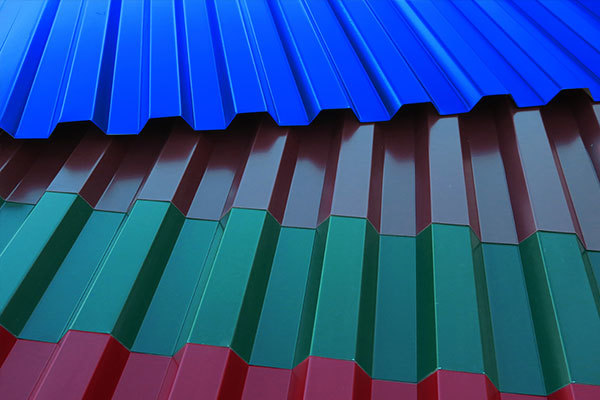Performance Comparison of Alloy Steels in Elevated Temperature Scenarios
Time:
Apr 15,2025
The performance of alloy steel in high temperature environment is closely related to the type and content of its alloying elements. The following introduces the performance characteristics of several common alloy steels in high temperature environment:
Chromium-molybdenum alloy steel
High temperature strength: The addition of chromium (Cr) and molybdenum (Mo) elements can improve the high temperature strength of steel. At high temperatures, chromium-molybdenum alloy steel can maintain good mechanical properties and has strong resistance to deformation. It can be used to manufacture equipment working under high temperature and high pressure, such as hydrogenation reactors in petrochemicals and high temperature components of steam turbines.
Oxidation resistance: Chromium elements form a dense oxide film on the surface of steel, which can effectively prevent further reaction between oxygen and the steel matrix and improve the oxidation resistance of steel. Molybdenum elements can enhance the creep resistance of steel, making the material less prone to slow plastic deformation under long-term high temperature loads. Therefore, chromium-molybdenum alloy steel has good high temperature resistance and can be used for a long time in high temperature environments of 500-600℃.
Nickel-based alloy steel
High temperature strength: Nickel (Ni) is an important element to improve the high temperature strength of steel. The nickel content in nickel-based alloy steel is relatively high, usually between 30% and 90%. Nickel can form a stable austenite structure with good high temperature strength and toughness. At high temperatures, the strength of nickel-based alloy steel decreases slowly and can withstand high stress. It is widely used in high temperature parts in aerospace, gas turbines and other fields, such as engine turbine blades, combustion chambers, etc.
Anti-oxidation and thermal corrosion resistance: Nickel-based alloy steels are usually added with chromium, aluminum, titanium and other elements. These elements can form a dense aluminum oxide or chromium oxide protective film on the steel surface, which has excellent anti-oxidation and thermal corrosion resistance. In high temperature, oxidizing and corrosive environments, nickel-based alloy steels can maintain good surface integrity, reduce material loss and failure, and can work for a long time in high temperature environments of 800-1100℃.
Austenitic stainless steel
High temperature stability: Austenitic stainless steel contains high chromium and nickel elements, has an austenite structure with a face-centered cubic lattice structure, and has good stability at high temperatures. Although its high temperature strength is not as good as that of nickel-based alloy steel, it can maintain good mechanical properties and deformation resistance in the temperature range from room temperature to about 800℃, and is often used to manufacture high temperature furnace tubes, heat exchangers and other equipment.
Oxidation resistance: The chromium oxide film formed by chromium on the steel surface has good oxidation resistance and can prevent the steel from being oxidized at high temperatures. At the same time, the addition of nickel improves the corrosion resistance and high-temperature oxidation resistance of steel, making austenitic stainless steel show good corrosion resistance in high-temperature oxidizing environments. However, at high temperatures above 800℃, austenitic stainless steel may undergo sensitization, resulting in increased sensitivity to intergranular corrosion and affecting its performance.
Ferritic heat-resistant steel
High-temperature oxidation resistance: Ferritic heat-resistant steel uses chromium as the main alloying element, and the chromium content is generally between 12% and 27%. The high chromium content enables it to form a dense chromium oxide protective film at high temperatures, has good high-temperature oxidation resistance, and can be used in high-temperature environments of 600-900℃.
High-temperature strength: The high-temperature strength of ferritic heat-resistant steel is relatively low, but it has good creep resistance and thermal fatigue resistance. Its high-temperature strength and creep resistance can be further improved by adding elements such as molybdenum, tungsten, and niobium. Due to its relatively low cost, it is often used to manufacture some parts that do not have particularly high requirements for high-temperature strength but have high requirements for anti-oxidation performance and thermal stability, such as the heating surface tubes of boilers and the furnace tubes of heating furnaces.








